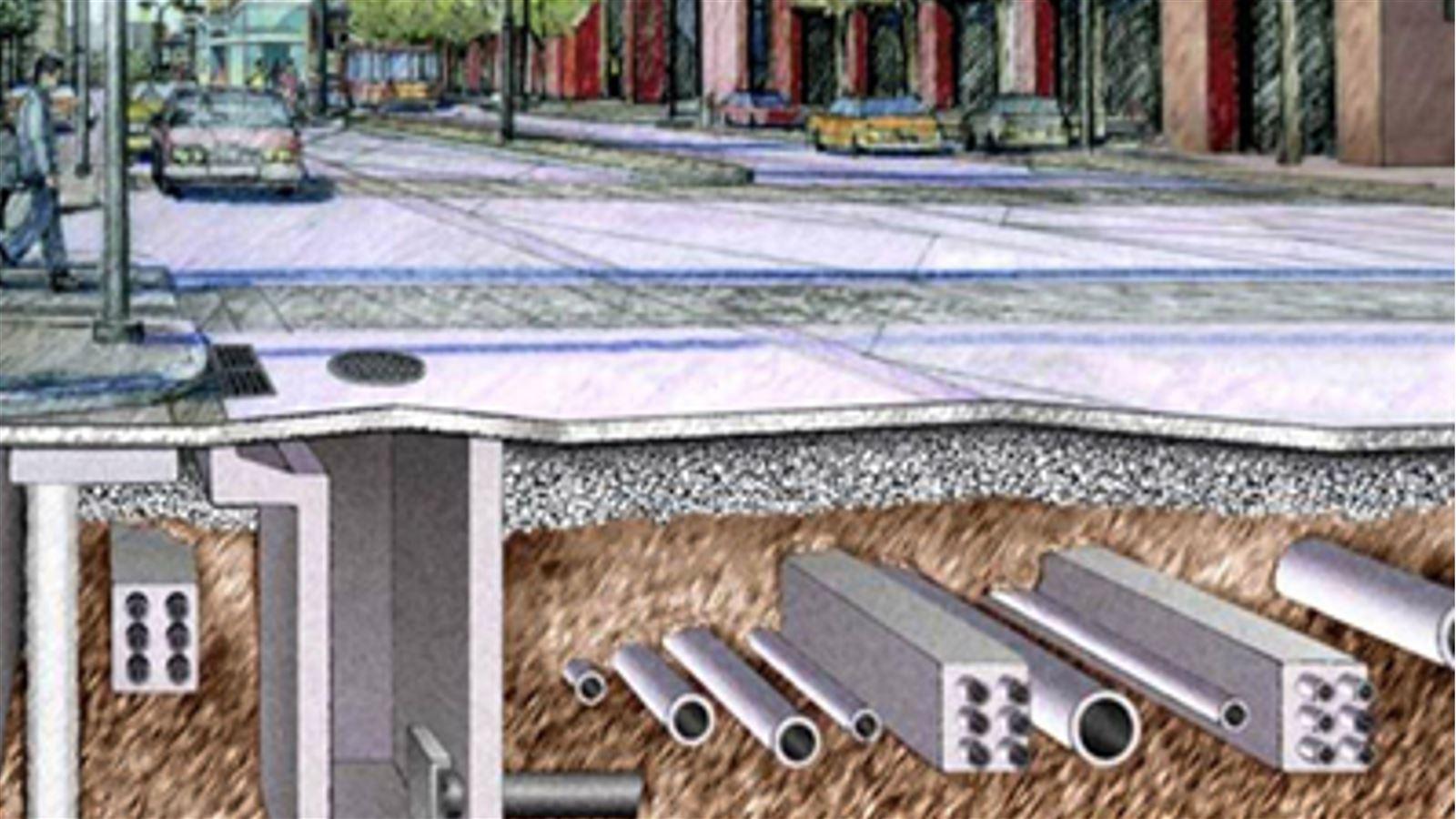Complete Corridors: A Holistic Approach to Sustainable and Accessible Infrastructure Transformation
What ARE complete corridors?
For decades, the complete streets ideology has been a popular approach for designing, building, operating, and maintaining streets with the primary goal of improving roadway accessibility. The concept has led to game-changing advancements like transit-oriented design, integrated ITS, and green infrastructure incorporation. Born with inspiration from complete streets, the complete corridors philosophy takes things one step forward with a more holistic approach that integrates geographic, demographic, economic and social factors to bring about context-appropriate change. But it’s not just transportation projects that are reaping the benefits; water, energy, environment and construction projects can be improved, too.
Experts Jeff Mize, Lisa Sherman, and Stefan Schuster took the stage in a recent webinar moderated by Jenny Humphreys to explain the differences between complete streets and complete corridors and outline how prioritizing a complete corridors approach can help streamline resources while also saving time and money. [To stream the full webinar, visit our on-demand webinar library.]
During the webinar, panelists presented the outcomes from three different case studies utilizing complete corridors, sharing the crucial factors that led to success and how each client took advantage of various funding options to support implementation.

Together, we will advance the legal function in support of the company’s commitment to solving the world’s toughest environmental and infrastructure challenges.
challenges Faced & Strategies used
These case studies demonstrated how complete corridors approaches have proven especially effective at addressing challenges such as:
- Accessibility
- Speeding conditions
- Private and public utility coordination
- Poor drainage
- Water quality issues
- Lack of greenery
- Utility upgrades
- Traffic calming measures
- Intersection improvements
- Green infrastructure elements
- Holistic planning
- Effective public outreach
CDM's work on safety improvements in Alameda, CA showcases how these elements come together in a complete corridors project.
Alameda Case study
The panelists also discussed the need for leadership to be aligned and stakeholder collaboration, with all parties working toward a common vision and mission. “What we really have to do is go to the top of our respective organization charts and talk with our leaders about what the vision is for the community, the silos that are in place, and the coalitions that need to be built so we can bring these projects to life,” says Humphreys. Additionally, a critical aspect was in exploration of innovative funding avenues and the integration of planning and design processes to ensure successful implementation. By heeding these considerations, complete corridors can be adapted to a variety of different projects.
To learn more, stream the webinar from our on-demand library.







